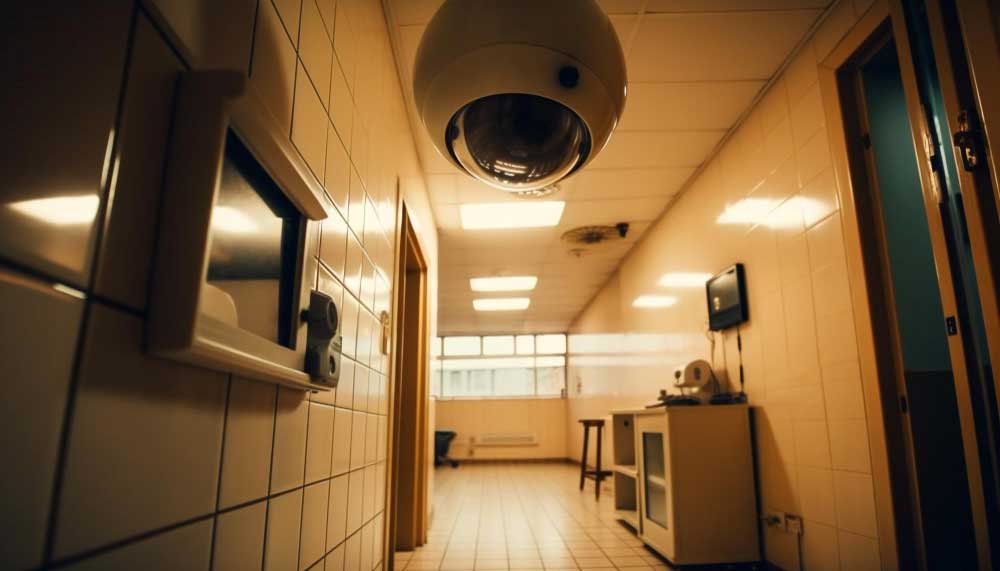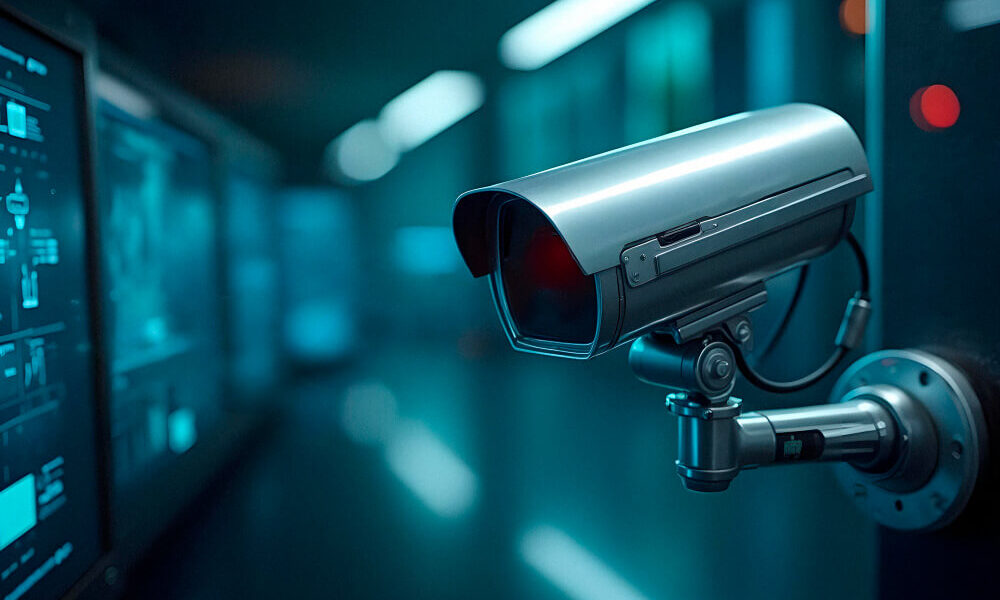Table of Contents
Your WiFi router is your home’s connection to the online world, but where you put it matters quite a bit. Its location drastically affects signal strength and how far it reaches. Getting the placement right means a better, more reliable connection throughout your space.
Finding the Right Spot for Your WiFi Router
Get Central
Your router sends signals out in all directions. Sticking it in a far corner means the signal has a long way to travel to reach the other side of your home. A more central location helps distribute the signal more evenly. Try placing it near the middle of your house or close to where you use WiFi the most.
Go High
Signals tend to spread out and slightly down. Putting your router on the floor is usually a bad idea; furniture can easily block the signal. Lifting it onto a shelf or table gets the signal higher, helping it travel over obstacles. In multi-story homes, a central spot on the main floor often works best for overall coverage, but you might need to experiment.
Dodge Obstacles
WiFi signals don’t like passing through certain materials. Thick walls made of concrete, brick, or plaster can weaken them considerably. Metal is a major signal killer – keep your router away from large metal items like fridges, filing cabinets, or even walls with metal studs. Dense wood furniture and fish tanks (water absorbs WiFi signals) can also interfere. Aim for an open area, not inside a cupboard or behind the TV.
Avoid Interference
Other gadgets use radio waves too, and they can mess with your WiFi. Microwave ovens are notorious signal disruptors when they’re running. Bluetooth devices, older cordless phones, baby monitors, and even some types of lighting can cause interference. Try to keep your router clear of these electronics. Your neighbours’ WiFi networks can also crowd the airwaves, especially in apartments. Your router might pick the best channel automatically, but sometimes manually selecting a less congested channel in the settings can help.
Point Antennas Wisely (If You Can)
If your router has those adjustable antennas sticking out, how you position them matters. For best coverage across one floor, pointing them straight up often works well. If you need the signal to reach different floors, try pointing one up and one sideways (horizontally). Check your router’s guide and cctv installation brisbane for specific advice. If the antennas are internal, good placement is even more key.
Test It Out
After setting up, walk around with your phone or laptop and check the WiFi signal bars in different rooms. For a better look, use a WiFi analyzer app. These show signal strength (stronger signals are closer to 0 dBm, like -65dBm). If you find dead spots, try small adjustments to the router’s location or antenna position.
If you find yourself having a hard time with commercial wifi installation, it is a wise choice to seek out for wifi installation service in Brisbane.
Locking Down Your WiFi Network Security
A speedy, well-placed router is great, but securing your network is just as vital. An open network invites trouble, from neighbours slowing down your connection to potential hackers accessing your information. Here’s how to protect your digital front door.
Change Default Logins Immediately
Every router comes with a standard username and password for accessing its settings. These defaults are easy to find online, making them a security risk. Log in to your router’s settings page and change both the admin username (if possible) and the password right away. Use a strong, unique password you don’t use elsewhere.
Use Strong Encryption and a Tough Password
Your WiFi needs a password to keep unwanted guests out. Make sure you’re using strong encryption – WPA3 is the current best, followed by WPA2 (using AES). Avoid old methods like WEP or WPA. Your network password should be long (15+ characters) and complex, mixing letters (upper/lower case), numbers, and symbols. Don’t use easily guessable phrases or personal info.
Rename Your Network (SSID)
Don’t stick with the default network name during home security cameras installation that might give away your router brand (like “NETGEAR50” or “Linksys”). Change the SSID to something unique that doesn’t identify you or your hardware. While you can hide your network name, it doesn’t offer much real security and can make connecting new devices tricky. Just renaming it is usually enough.
Keep Firmware Updated
Router manufacturers release updates for their software (firmware) to fix problems and patch security holes. Regularly check for these updates through your router’s settings interface or the manufacturer’s website, and install them. If your router offers automatic updates, turn that feature on. Outdated firmware is a common target for attacks.
Set Up a Guest Network
If friends or family visit and need WiFi, use the guest network feature if your router has it. This gives them internet access but keeps them separate from your main network and devices (like your computers or smart home gadgets). Give the guest network its own strong password.
Make Sure the Firewall is On Your router should have a built-in firewall that helps block unwanted incoming connections from the internet. This is usually on by default, but it’s worth double-checking in the settings to ensure it’s active.
Turn Off Remote Management
This feature lets you access your router’s settings from anywhere via the internet. While potentially convenient, it’s also a security risk if not needed or properly secured. Unless you have a specific reason to use it, disable remote management in your router’s settings during residential cctv installation.
Disable WPS
Wi-Fi Protected Setup (WPS) lets you connect devices using a PIN or button push. The PIN method, however, has known security flaws. It’s generally safer to turn WPS off completely in your router settings and connect devices using the network password instead.
Taking the time to position your WiFi router effectively and configure its security settings correctly makes a significant difference. Smart placement by home cctv installers near me ensures your signal reaches where you need it, minimising dead zones and frustration. Robust security practices protect your personal information and keep unauthorised users off your network. By paying attention to both these physical and digital aspects, you can create a more reliable, efficient, and safer wireless experience for everyone in your home or office.




